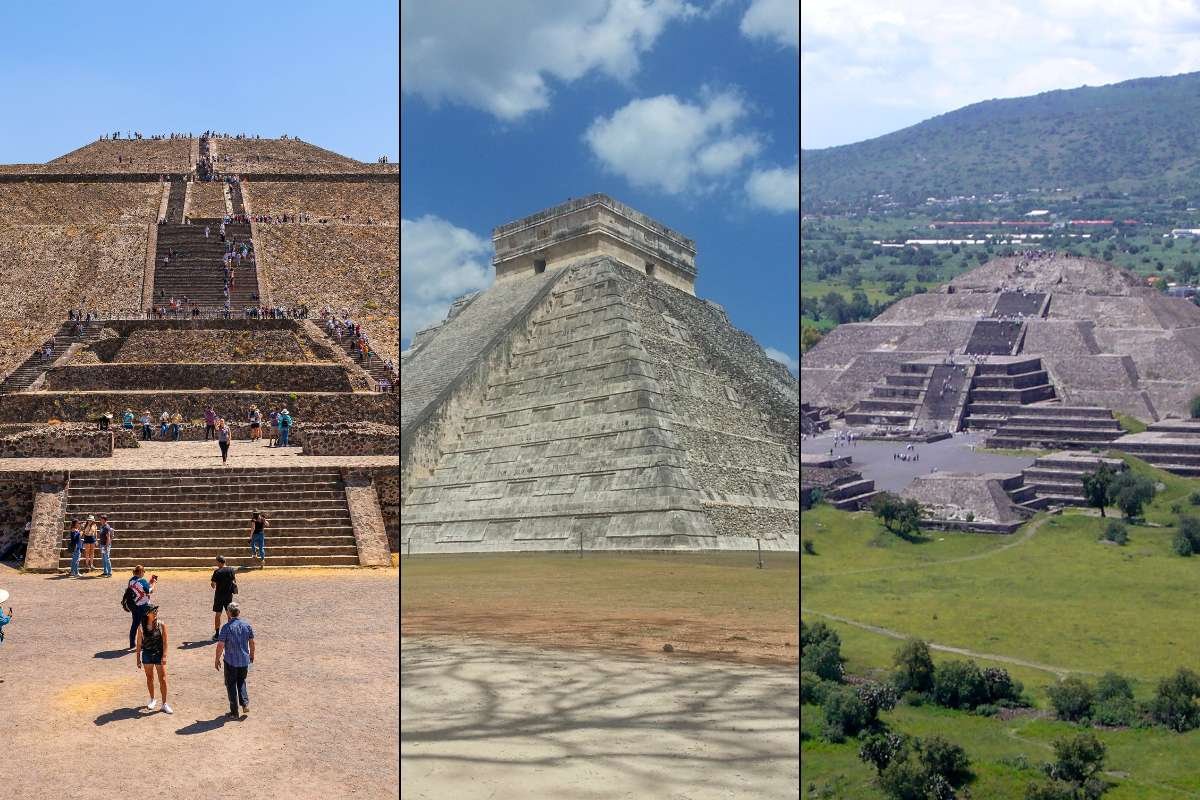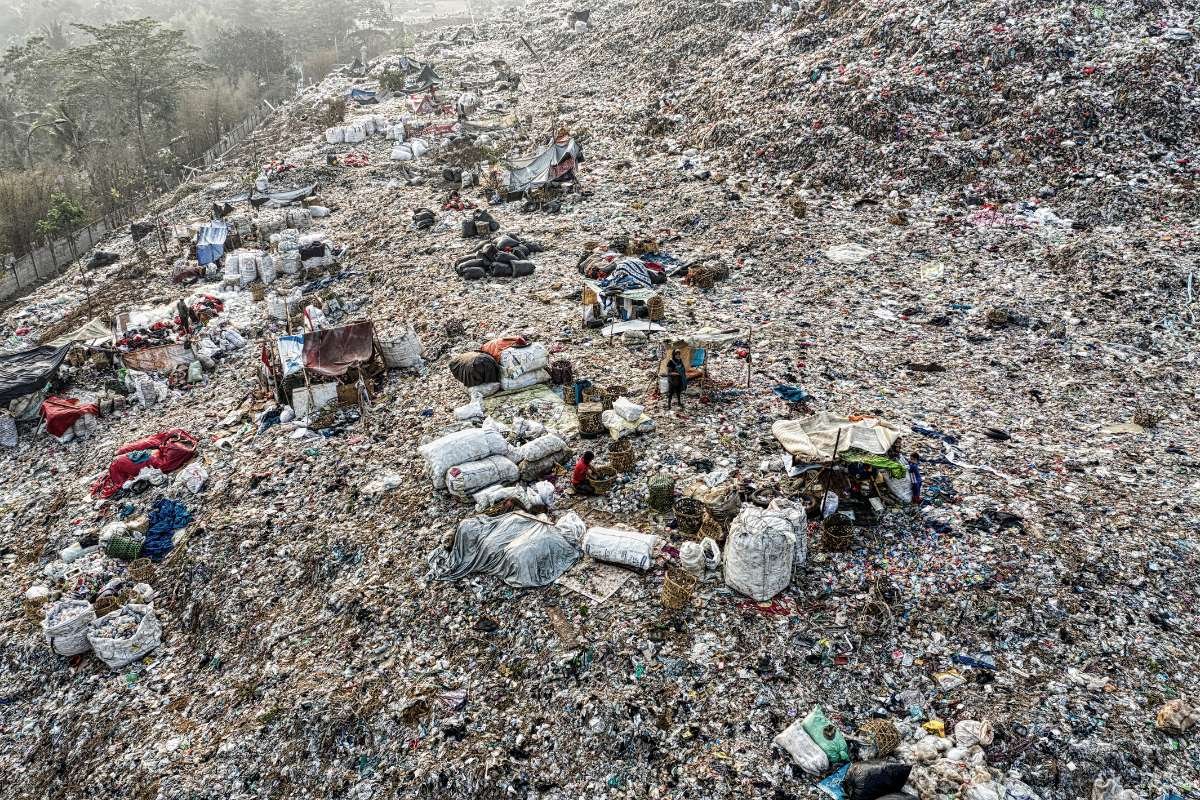[Image by aragami123345 from Getty Images]
While many people may think of lakes as being calm and serene, have you ever thought of what exists below the surface of the deepest lakes in the world? Such enormous water-filled spaces are not only for views; they too have their histories and ecologies, which incited many adventure lovers and scientists. From the old Lake Baikal of Siberia down to the extreme boredom of Lake Vostok, situated in Antarctica, these water mammals have mysteries that captured the attention of adventurers and scientists. Let’s take a closer look at the world’s deepest lakes and discover what makes them so remarkable.
Let’s Explore the Deepest Lakes in the World:
9. Crater Lake- 1,943 feet

Located in Oregon’s Cascade Mountains, Crater Lake is ranked the deepest lake in the United States. The lake was created roughly 7,700 years back after a mighty eruption by Mount Mazama, which led to the destruction of the volcano. There existed people within the region at that time, and the Klamath Indian tribe’s narration concerning the lake is suspected to be a version of this occurrence. Most visitors are interested in the amazing deep blue color of the lake, which is due to the depth of the water compounded with clear water, where the lake is mostly rain-fed with very few sediments.
8. Great Slave Lake- 2,015 feet

In the Northwest Territories of Canada lies Great Slave Lake, a body of water that received its name from a group of Indigenous peoples called the Slavey, who are Athabascan speakers. It is one of the deepest lakes and the second-largest lake in Canada, after Lake Superior. The City of Yellowknife, the capital of Northwest Territories, is located to the north of the lake. The region is sparsely populated due to the harsh weather conditions experienced.
The most populous area, Yellowknife, has an approximate population of less than twenty thousand. Many would think the hostility of the weather would discourage people from residing in these regions. The lake’s ice cover is thick enough to allow the movement of light vehicles for about six months a year. In the winter, numerous vehicles use ice roads to travel the shorter distance between Yellowknife and Dettah.
7. Lake Ysyk- 2,192 feet

Located in the Tien Shan mountain range of Kyrgyzstan, at an elevation of 5,270 feet (1,606 meters), Lake Ysyk is among the deepest lakes all over the globe. Ysyk-köl is the Kyrgyz variation of the name, meaning “Hot Lake” because the lake remains liquid all year round, irrespective of winter season temperatures falling as low as −15 °F (−26 °C). This phenomenon is attributed to the high saline content of the lake water and the presence of geothermal activity within the region.
The timeline of human interactions with and around Ysyk is full of events. Gold and bronze remains of the Scythian settlers, one of the earliest tribes of the region, have been excavated by archeologists. This location, being a vital point in the Silk Road trade network, situated Medieval lake settlements whose remains are found in shallow parts of the lake where water levels used to be lower. Because of the lake’s depth and the findings that surround it, the lake attracts both scientists and treasure seekers alike. From time to time, expeditions are organized to discover a “Kyrgyz Atlantis” – the ancient city that is reported to have sunk into deeper parts of the lake.
6. Lake Nyasa- 2,316 feet

Lake Nyasa, otherwise known as Lake Malawi, is a long and narrow lake measuring over 350 miles (560 km) in length, which passes through the borders of Mozambique, Tanzania, and Malawi. Its configuration, depth, and temperature changes result in many different environments that support its high levels of biodiversity.
This body of water accommodates about 1000 kinds of fish, which earns it a place among the aquariums of the richest freshwater ecosystems and one of the deepest lakes in the world. This means that approximately 15% of freshwater fish of the entire globe inhabit this territory. Most of these fish fall under a well-known family called cichlids, which is famous for its diversity and versatility. Such high biodiversity makes the ecosystem of Lake Nyasa, home to several aquatic organisms, so precious and calls for the preservation of such ecosystems.
5. O’Higgins/San Martín Lake- 2,742 feet

This body of water situated in the southern part of the Patagonian Andes features two names, one O’Higgins in Chile and the other San Martín in Argentina. Out of all the lakes on this list, this one is perhaps the least familiar. The lake is situated on the borderline of Argentina and Chile and has an inflow of O’Higgins Glacier located to its west. Its charming color, milky turquoise, comes from fine particles of rocks, popularly known as rock flour that the glacier washes down into the water. This geographic and glacial combination makes the lake a perfect location worth discovering in this scenic region.
4. Lake Vostok- 2,950 feet

Lake Vostok in Antarctica is interesting for the reason that it is situated that far under the ice, nearly 4 kilometers or about 2.5 miles deep. It is one of the deepest lakes in the world. It is the greatest subglacial body of water ever studied. Since the 1970s, scientists surmised that there could be a very large freshwater reservoir under the ice, but it was not until 1996 that British and Russian researchers managed to properly estimate the size of the body using ice-penetrating technology.
Many older studies could not assess the lake’s bioactivity because it was impossible to take samples or place sensors under the ice. However, in 2012, a research team managed to cut a hole through the ice to the surface of the lake. Analysis of the samples provided by the revealed a host of new varieties of bacteria.
3. Caspian Sea- 3,360 feet

The Caspian Sea, located in Asia and Europe, is not only the largest enclosed water body on earth, but it is also the world’s largest salt lake. This body of water measures almost 750 miles in length and about 200 miles in width, with its northern and southern extremities measuring 1200 km and 320 km, respectively. The Caspian Sea’s north region lies quite shallow, with its average depth remaining scarce at approximately 20 feet or 6 meters, whereas the southern end gets much darker with an average of about 1000 feet depth.
The economic activities of the bordering countries include hydrocarbon support along the Caspian Sea and commercial tourism economic development. Furthermore, a considerable amount of oil and natural gas is produced from the sea surface in the deeper parts of the sea using seafloor rigs.
2. Lake Tanganyika- 4,710 feet

Lake Tanganyika is the second biggest freshwater body and one of the second deepest lakes on the planet. It is found on the borders of Zambia, Burundi, Tanzania, and the Democratic Republic of the Congo. Just like Lake Nyasa, it is elongated, slender, and teeming with biodiversity. Inhabitants living by the lake started fishing for food as far back as the stone age. Nonetheless, large scale industrial fishing, which commenced in the 1950s, has practically depleted the fish resources in recent years.
1. Lake Baikal- 5,315 feet

Lake Baikal, situated in Eastern Siberia within the Southern Siberian mountain range, is also recognized the world over as being the deepest and the largest freshwater lake, occupying more than twenty percent of the total planet’s unfrozen freshwater content. It is also the oldest, a freshwater lake, estimated to be twenty to twenty-five million years old.
Like many other lakes, Baikal boasts of having several endemic flora and fauna. One of the most fascinating biota is the Baikal seal or nerpa, which holds the singular distinction of being the only seal species in the world that resides purely in freshwater. How eons and eons ago these seals came to inhabit Lake Baikal is baffling since Baikal is a landlocked basin and hundreds of miles away from the ocean.
Exploring the Depths
Researching the deepest lakes in the world poses its challenges. However, with the advancement in technology, scientists have been able to explore these waters, penetrating the unknown and discovering not only new aquatic species but also ancient microbes, unique landforms, geological formations, etc. For instance, in Lake Baikal, the researchers employed submersible crafts to conduct explorations of the underwater vents, which are surrounded by life that thrives in very harsh environments. This is important as it helps in studying the general characteristics of freshwater habitats on our planet and also hints at where else outside this planet life could be found, even in very harsh conditions.
The search is also being carried out in Lake Vostok to establish what exists under its blanket of ice. Scientists think this remote lake would help understand how life could persist in space in planetary bodies with hostile conditions.
Most Frequently Asked Questions: Deepest Lakes in the World
Q1. What is the deepest lake in the world?
The deepest lake in the world is Lake Baikal, located in Siberia, Russia, with a maximum depth of about 5,387 feet.
Q2: What are the top three deepest lakes in the world?
The top three deepest lakes are Lake Baikal in Russia at 1,642 meters (5,387 feet), Lake Tanganyika in East Africa at 1,470 meters (4,823 feet), and the Caspian Sea, which is bordered by multiple countries, at 1,025 meters (3,363 feet).
Q3: What is the second deepest lake in the world?
The second deepest lake in the world is Lake Tanganyika, located in East Africa, with a depth of approximately 1,470 meters (4,823 feet).
Q4: Are there any other notable deep lakes?
Yes, other notable deep lakes include Lake Vostok in Antarctica, which is approximately 1,000 meters (3,281 feet) deep, and O’Higgins-San Martín Lake, located between Chile and Argentina, which has a depth of approximately 836 meters (2,742 feet).


















